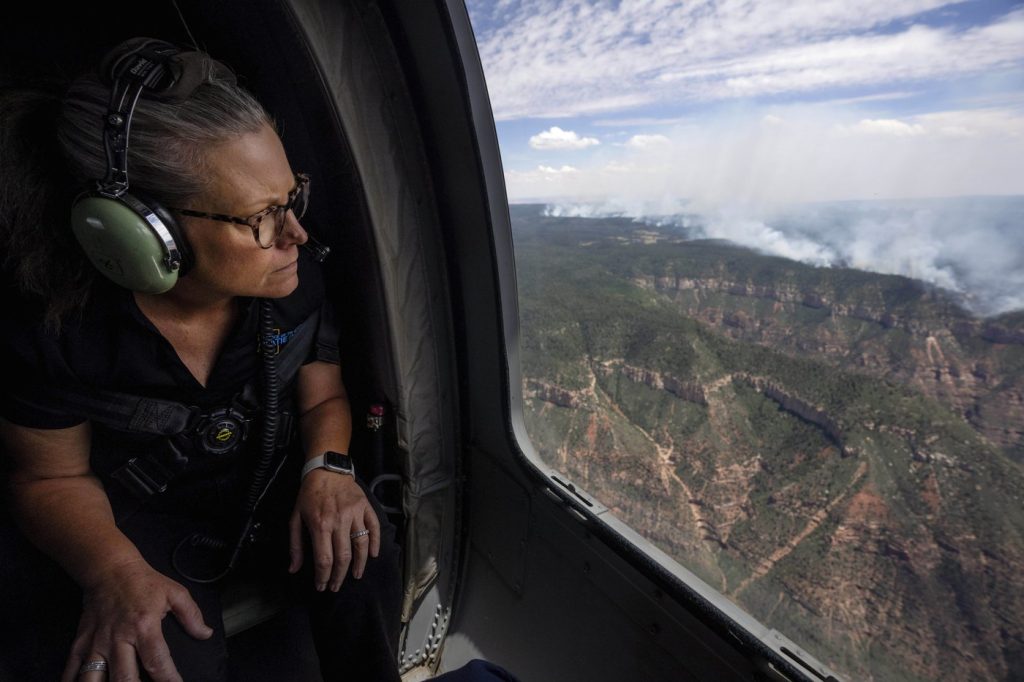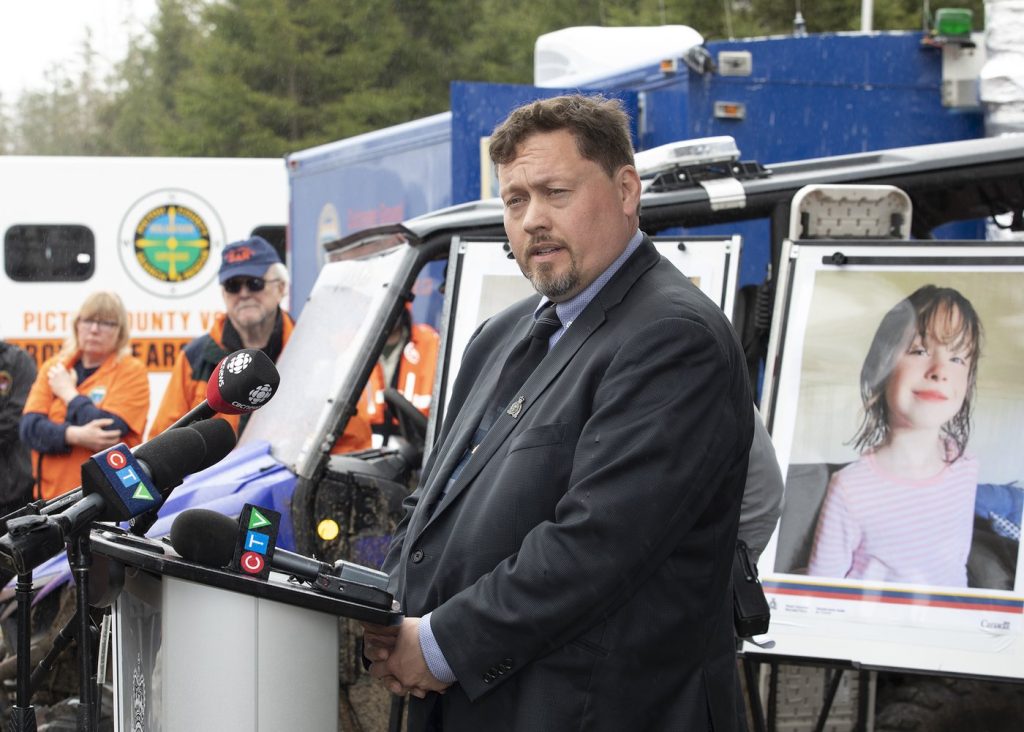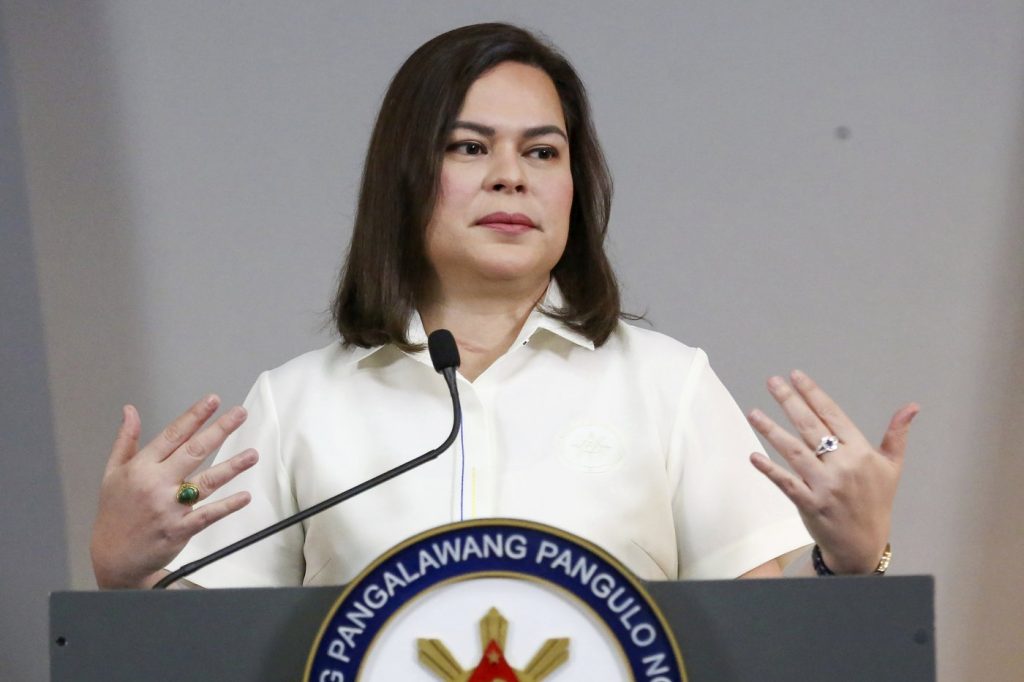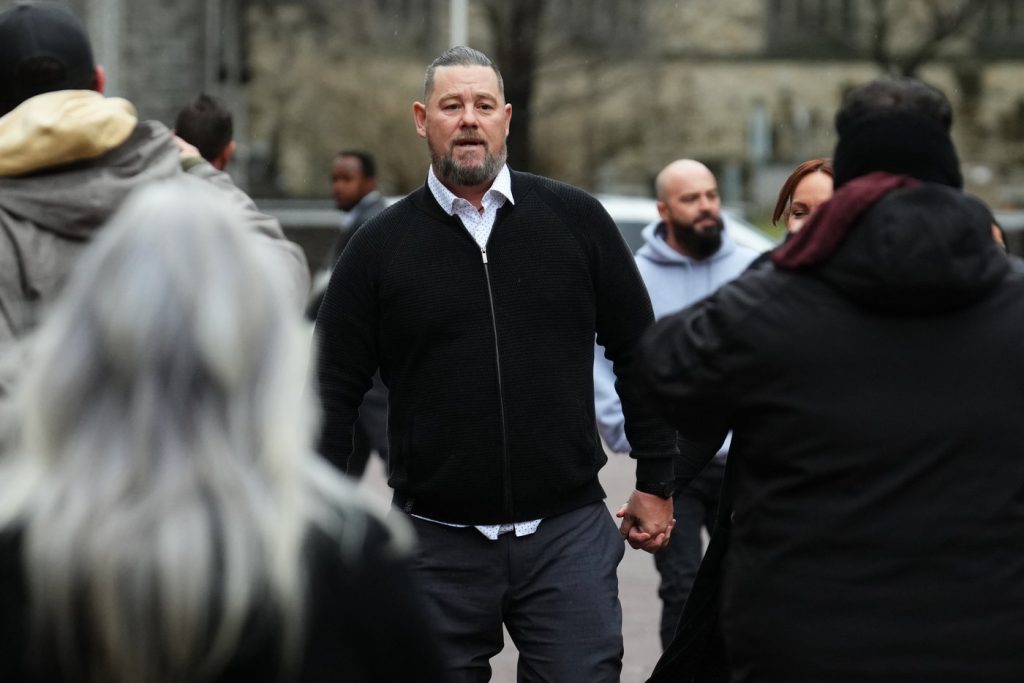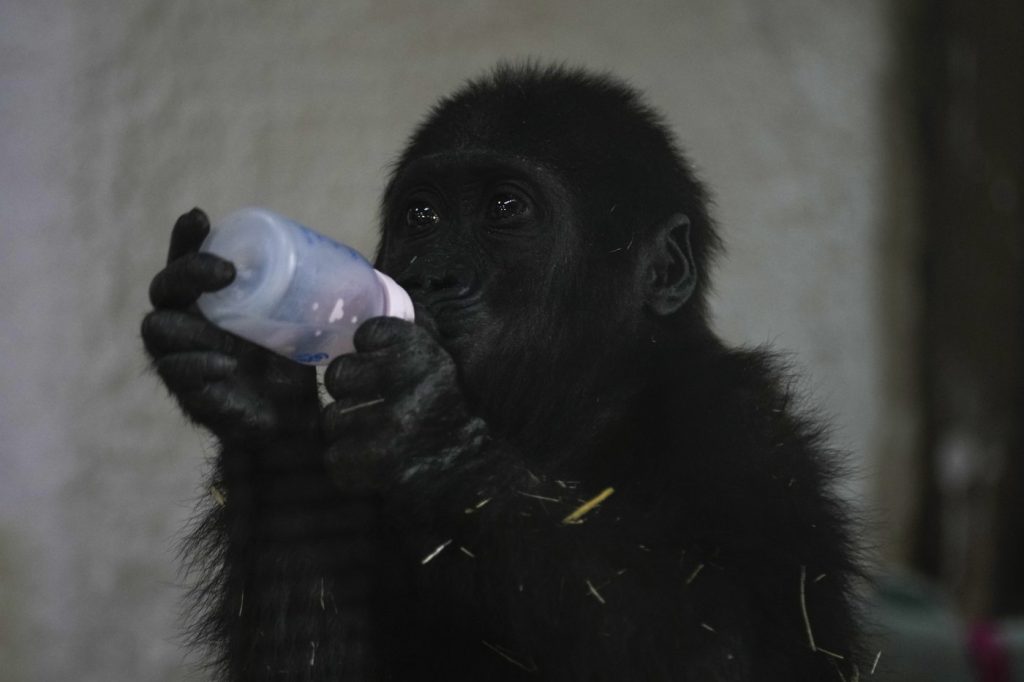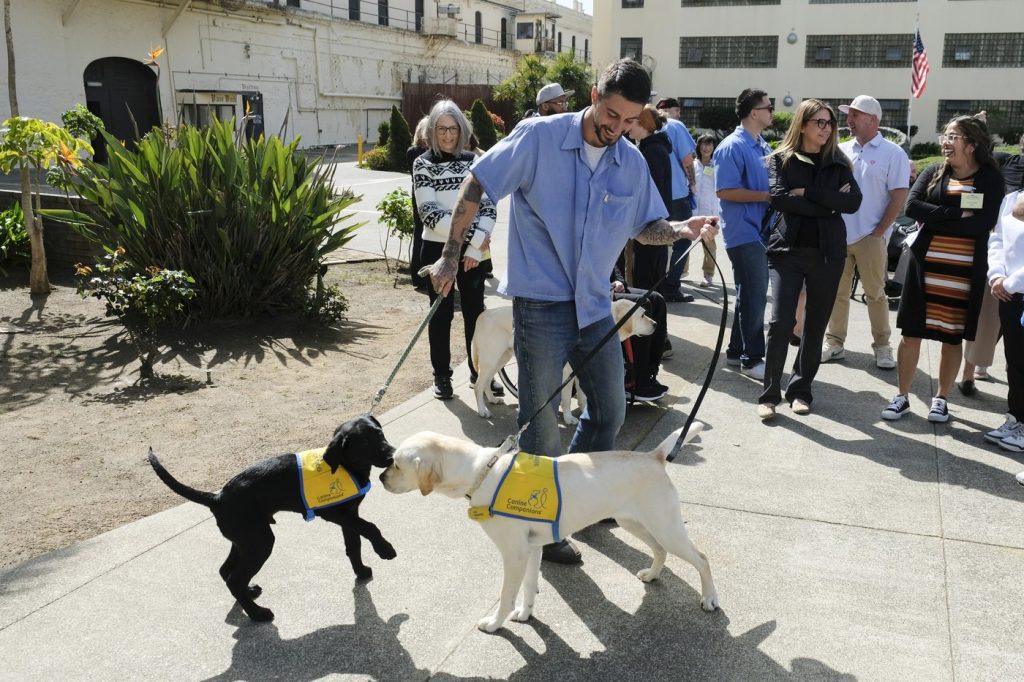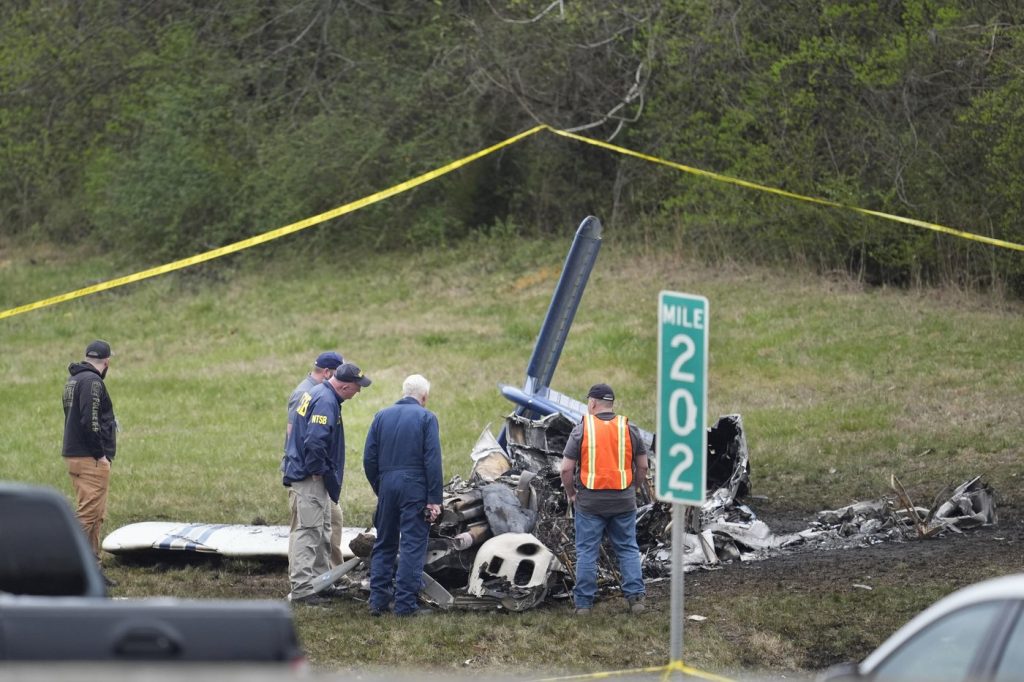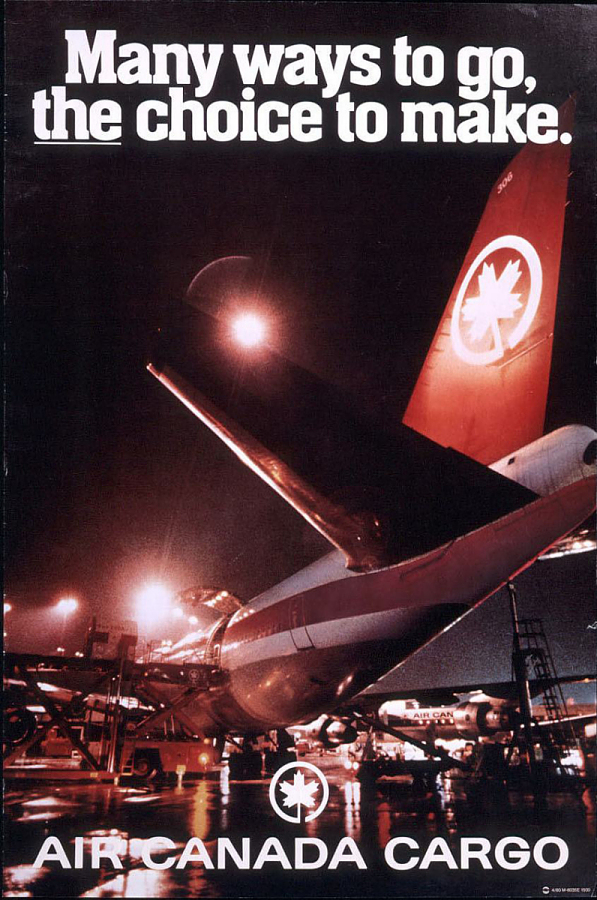GRAND CANYON NATIONAL PARK, Ariz. (AP) — Democratic Governor Katie Hobbs conducted a tour of the catastrophic destruction left by a wildfire on the North Rim of the Grand Canyon on Saturday. She described the damage as devastating while gathering information ahead of her upcoming meetings with federal officials next week. During an aerial assessment from a Black Hawk helicopter, Governor Hobbs observed significant destruction, including white smoke rising from the area and the Grand Canyon Lodge being reduced to a bare structure, although some sections appeared to be intact from the air.
The wildfire, known as the Dragon Bravo fire, ignited due to a lightning strike on July 4. Initially, the National Park Service allowed the fire to burn under a "confine and contain" strategy. This strategy is intended to remove dense vegetation, reduce future fire risks, and enhance ecosystem resilience. However, after the first week, environmental conditions such as high winds, hot temperatures, and low humidity exacerbated the situation, leading officials to switch to aggressive firefighting measures and evacuations. By Saturday, the fire had consumed more than 18 square miles (46 square kilometers) and was reported to be only 8% contained, according to fire information officer Stefan La-Sky.
Although there have been no reported injuries, the Dragon Bravo fire has destroyed over 70 structures, including a visitors’ center, historic cabins, and the nearly century-old Grand Canyon Lodge. After landing, Hobbs visited the incident command post, a makeshift camp with over 800 personnel from various federal, state, and local agencies working on fire suppression efforts. This camp functions like a small town, equipped with trailers and tented areas for the firefighters.
During her visit, Governor Hobbs engaged with crew members in the mess hall and met with officials from the Grand Canyon National Park, the Department of the Interior, and the National Park Service, as well as the incident commander. She expressed optimism about the federal government's commitment to fire mitigation efforts, stating, "This is federal jurisdiction, but fire doesn’t know that boundary, and we all have to work together."
Hobbs has called for an investigation into the initial handling of the fire, questioning why the park service did not act promptly to extinguish the flames during the severe summer conditions. Members of Arizona's congressional delegation have also raised concerns regarding the management of the wildfire. While Hobbs mentioned that she is not second-guessing the initial response, she seeks answers on the decision-making process and whether any mistakes occurred.
The National Park Service has defended its approach to the wildfire. Governor Hobbs is scheduled to meet with leadership from the U.S. Forest Service and the U.S. Department of the Interior soon to discuss their decision-making regarding the wildfire management. She commented in a recent video statement that she has seen no indications that a lack of federal resources contributed to the blaze's spread.
In a related context, last month, President Donald Trump directed government officials to consolidate wildland firefighting into a single program. This decision has faced criticism from former federal officials who cautioned that it could increase costs and elevate the risk of severe wildfires. Currently, the North Rim of the Grand Canyon, along with two campgrounds near the Colorado River at the canyon's base, is closed for the remainder of the season.


